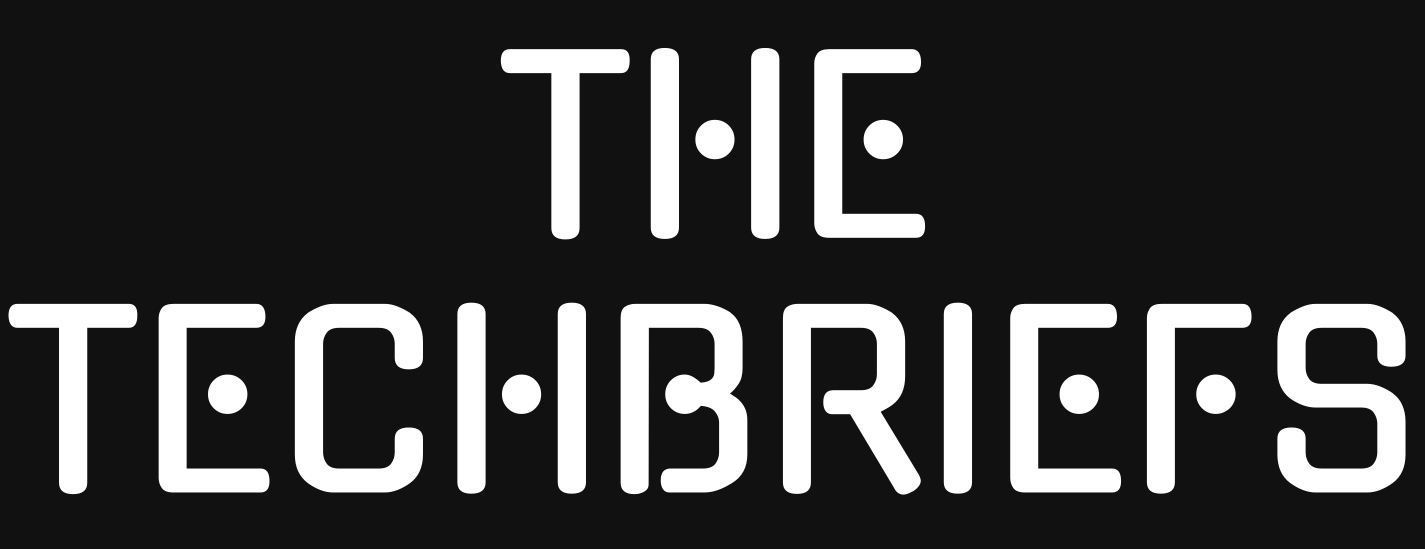There’s helium-3 in them thar hills
To make this plan a reality, Interlune needs larger lunar landers to come online.
Interlune has partnered with Vermeer to build a prototype excavator. Credit: Interlune
Look, no one said building a large harvester to roam around the Moon and sift through hundreds of tons of regolith to retrieve small amounts of helium-3 would be easy. And that’s to say nothing of the enormous challenge of processing and then launching any of this material from the lunar surface before finally landing it safely on Earth.
If we’re being completely honest, doing all of this commercially is a pretty darn difficult row to hoe. Many commercial space experts dismiss it outright. So that’s why it’s gratifying to see that a company that is proposing to do this, Interlune, is taking some modest steps toward this goal.
Moreover, recent changes in the tides of space policy may also put some wind in the sails of Interlune and its considerable ambitions.
Sifting rock and selling helium isotopes
Let’s start with the recent developments. Last Month Interlune announced that it had partnered with an industrial equipment manufacturer, Vermeer Corporation, to build and test an excavator that could ingest 100 metric tons of dirt (which was a decent facsimile of lunar regolith, but not a high-quality simulant) per hour. The machine is sized to produce about 20 kg of helium-3 a year. Of course, operating on Earth is vastly different from the lunar surface, but this nonetheless offers a reasonable proof of concept.
“We demonstrated that we could pull that much material through at a certain power output,” said Rob Meyerson, chief executive officer of Interlune, of the excavator. “We gathered the data we needed for designing the next version of it, which we’ve already started on.”
Vermeer is a significant partner. The company doesn’t have the brand of public recognition of a John Deere, which makes consumer products, but it is a major player in agricultural machines and has 4,000 employees. The company’s chief executive is a former engineer from NASA’s Jet Propulsion Laboratory named Jason Andringa. He is joining Interlune’s board.
Interlune also announced its first customers. A quantum infrastructure company, Maybell Quantum, has agreed to purchase thousands of liters of helium-3 between 2029 and 2035. The helium-3 will be used in Maybell’s refrigerators, which cool quantum devices to near-absolute zero temperatures. Additionally, the US Department of Energy has agreed to purchase 3 liters of helium-3 harvested from the Moon, no later than April 2029.
As we wrote in 2024,
Helium-3 is a stable isotope of helium with two protons and one neutron. It is produced by fusion in the Sun and transported by the Solar wind. However, Earth’s magnetosphere deflects this stream of particles away from the planet.
The material does not occur naturally on Earth, and it exists in only very limited quantities from nuclear weapons tests, nuclear reactors, and radioactive decay. A single liter costs a few thousand dollars, and there are efforts to recycle it by the US Department of Energy. Because there is no magnetosphere around the Moon, it’s believed there are large quantities of helium-3 gas trapped in pockets of the lunar regolith.
When proponents of helium-3 have talked about the isotope in the past, they often have lauded its potential as a nuclear fuel. But Meyerson says a more realistic near-term application is for cryogenics. Helium-3 refrigerators can cool temperatures down to 0.2 kelvin, which is important for quantum computing.
The road ahead
Meyerson said the company’s current plan is to fly a prospecting mission in 2027, a payload of less than 100 kg, likely on a commercial lander that is part of NASA’s Commercial Lunar Payload Services program. Two years later, the company seeks to fly a pilot plant. Meyerson said the size of this plant will depend on the launch capability available (i.e., if Starship is flying to the Moon, they’ll go big, and smaller if not).
Following this, Interlune is targeting 2032 for the launch of a solar-powered operating plant, which would include five mobile harvesters. The operation would also be able to return material mined to Earth. The total mass for this equipment would be about 40 metric tons, which could fly on a single Starship or two New Glenn Mk 2 landers. This would, understandably, be highly ambitious and capital-intensive. After raising $15 million last year, Meyerson said Interlune is planning a second fundraising round that should begin soon.
There are some outside factors that may be beneficial for Interlune. One is that China has a clear and demonstrated interest in sending humans to the Moon and has already sent rovers to explore for helium-3 resources. Moreover, with the exit of Jared Isaacman as a nominee to lead NASA, the Trump administration is likely to put someone in the position who is more focused on lunar activities. One candidate, a retired Air Force General named Steve Kwast, is a huge proponent of mining helium-3.
Interlune has a compelling story, as there are almost no other lunar businesses focused solely on commercial activities that will drive value from mining the lunar surface. In that sense, they could be a linchpin of a lunar economy. However, they have a long way to go, and a lot of lunar regolith to plow through, before they start delivering for customers.
Eric Berger is the senior space editor at Ars Technica, covering everything from astronomy to private space to NASA policy, and author of two books: Liftoff, about the rise of SpaceX; and Reentry, on the development of the Falcon 9 rocket and Dragon. A certified meteorologist, Eric lives in Houston.



